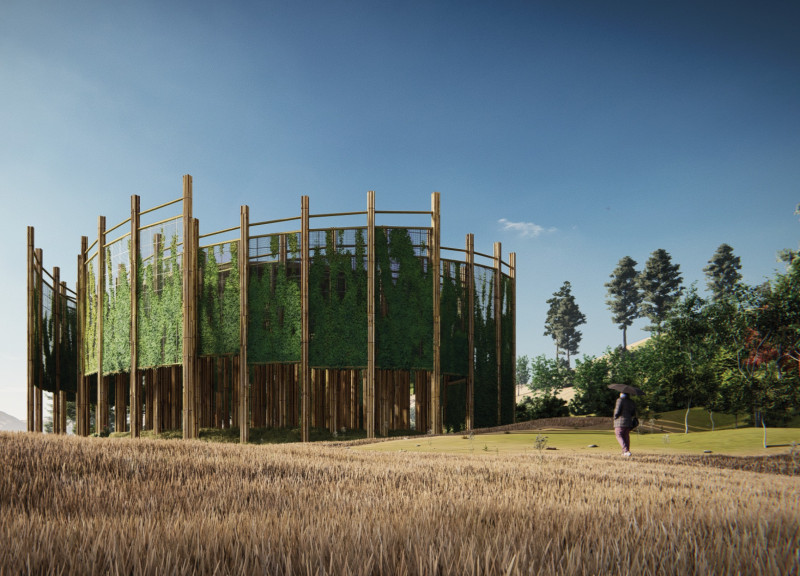5 key facts about this project
The "Living Spirals" project stands as a notable example of sustainable design, situated in the diverse landscape of Portugal. It focuses on creating spaces that foster community interaction while applying principles from circular economies and cradle-to-cradle philosophy. At its core, the Spirala Community Home features a circular layout, allowing flexibility in its use. This design is meant to support a variety of social activities, encouraging a sense of belonging among its users.
Design Approach
The approach taken emphasizes community participation at every stage. Local residents are invited to engage not only in the planning stages but also in the building process itself. Workshops are designed to help people learn skills that will enable them to contribute to construction and future upkeep. This involvement creates strong connections between the community and the space, fostering a collective responsibility toward the home.
Spatial Configuration
The main space within the Spirala Community Home is unique for its ability to transition between different forms. It can shift from a closed, insulated environment to an open, interactive pavilion. This change is made possible through sliding shutters, which adjust according to the climate and the needs of the people using the space. This versatility means the area can comfortably host various events, from workshops to casual meetings.
Green Integration
A significant feature of the design is the spiraling "live" green skin that wraps around the community space. This element not only improves insulation but also accommodates recreation and exhibition activities. Incorporating local plants reinforces a connection to the surrounding environment, promoting biodiversity. In addition, the green skin enhances the visual appeal, making the building a dynamic part of its setting.
Material Considerations
Sustainability plays an important role in material selection. Bamboo, known for its rapid growth and abundance in Portugal, is used in the construction. This choice not only reflects environmental responsibility but also supports local economies. Key elements like a light-weight roof with skylights allow for ample natural light, ensuring an energy-efficient design that aligns with the project's principles.
The "Living Spirals" project exemplifies a harmonious blend of nature, community, and thoughtful design. The spiraling green skin acts as a living feature, symbolizing the important relationship between built spaces and the natural world. This approach to architecture creates an inviting atmosphere that encourages interaction while remaining attuned to its environmental context.






















































